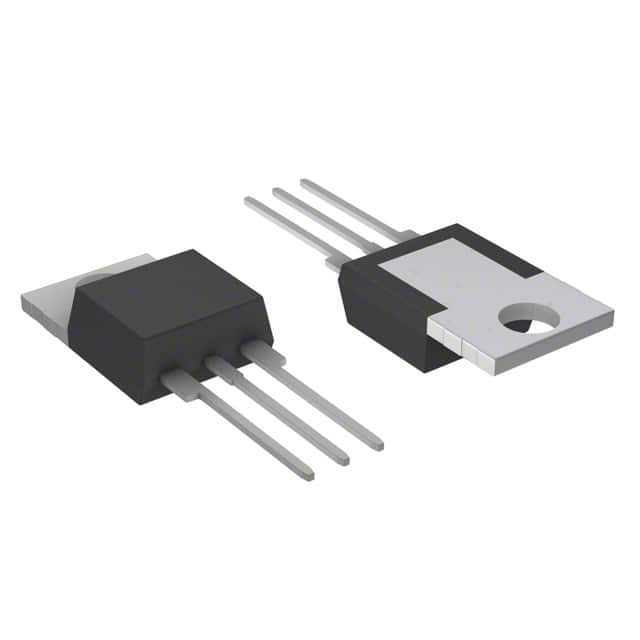Szczegóły produktu można znaleźć w specyfikacjach.

S4020L: Product Overview and Specifications
Introduction
The S4020L is a semiconductor product belonging to the category of Schottky diodes. This component is widely used in electronic circuits for its unique characteristics, packaging, and functional features.
Basic Information Overview
- Category: Schottky diode
- Use: Rectification and voltage clamping in electronic circuits
- Characteristics: Low forward voltage drop, fast switching speed
- Package: SOD-123FL
- Essence: High efficiency rectification
- Packaging/Quantity: Tape and reel, 3000 units per reel
Specifications
- Forward Voltage Drop: 0.45V at 1A
- Reverse Voltage: 20V
- Maximum Continuous Current: 2A
- Operating Temperature Range: -65°C to 125°C
Detailed Pin Configuration
The S4020L has a standard SOD-123FL package with the following pin configuration: - Pin 1: Anode - Pin 2: Cathode
Functional Features
- Fast switching speed for high-frequency applications
- Low forward voltage drop for improved efficiency
- Excellent thermal performance due to SOD-123FL package
Advantages and Disadvantages
Advantages
- High efficiency rectification
- Fast response time
- Compact SOD-123FL package
Disadvantages
- Limited reverse voltage rating compared to other diodes
- Sensitive to overvoltage conditions
Working Principles
The S4020L operates based on the Schottky barrier principle, where the metal-semiconductor junction allows for low forward voltage drop and fast switching characteristics. When a forward bias is applied, the diode conducts current with minimal voltage loss.
Detailed Application Field Plans
The S4020L is commonly used in the following applications: - Switching power supplies - DC-DC converters - Reverse polarity protection circuits - Overvoltage protection circuits
Detailed and Complete Alternative Models
- S4010L: Similar specifications with lower current rating
- S4025L: Similar specifications with higher reverse voltage rating
- SOD-123FL package diodes from other manufacturers
In conclusion, the S4020L Schottky diode offers high efficiency rectification and fast switching speed, making it suitable for various electronic applications.
Word count: 346
Wymień 10 typowych pytań i odpowiedzi związanych z zastosowaniem S4020L w rozwiązaniach technicznych
What is S4020L?
- S4020L is a Schottky diode, commonly used in electronic circuits for its low forward voltage drop and fast switching characteristics.
What are the typical applications of S4020L?
- S4020L is commonly used in power supply circuits, voltage clamping, reverse polarity protection, and freewheeling diodes in inductive loads.
What is the maximum forward voltage drop of S4020L?
- The maximum forward voltage drop of S4020L is typically around 0.55V at a forward current of 20A.
What is the reverse leakage current of S4020L?
- The reverse leakage current of S4020L is typically very low, in the range of microamps to milliamps depending on the applied voltage.
What is the maximum operating temperature of S4020L?
- The maximum operating temperature of S4020L is typically around 150°C.
Can S4020L be used for high-frequency applications?
- Yes, S4020L can be used for high-frequency applications due to its fast switching characteristics.
Is S4020L suitable for automotive applications?
- Yes, S4020L is suitable for automotive applications due to its rugged construction and reliability.
What is the reverse recovery time of S4020L?
- The reverse recovery time of S4020L is typically very short, in the range of nanoseconds.
Does S4020L require a heatsink for operation?
- It is recommended to use a heatsink for S4020L when operating at higher currents or in elevated ambient temperatures to ensure optimal performance and reliability.
Can S4020L be used in parallel for higher current applications?
- Yes, S4020L can be used in parallel to handle higher current requirements, but proper thermal management and current sharing considerations should be taken into account.

